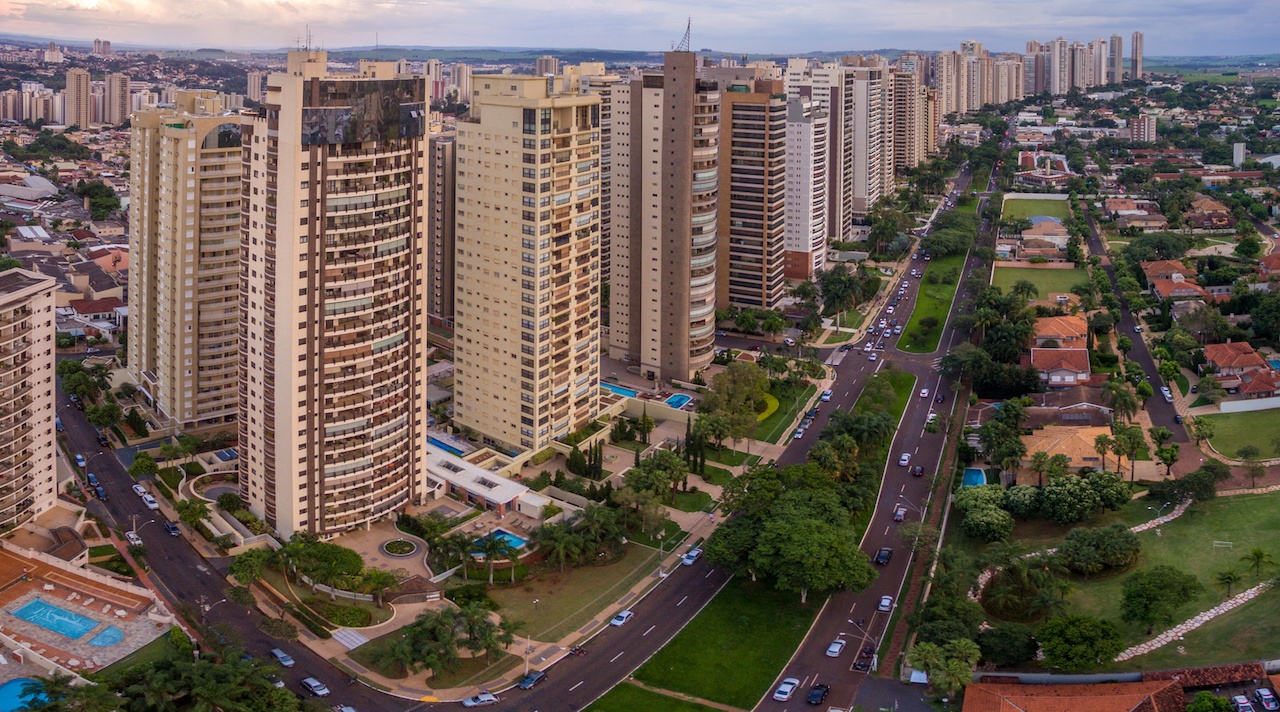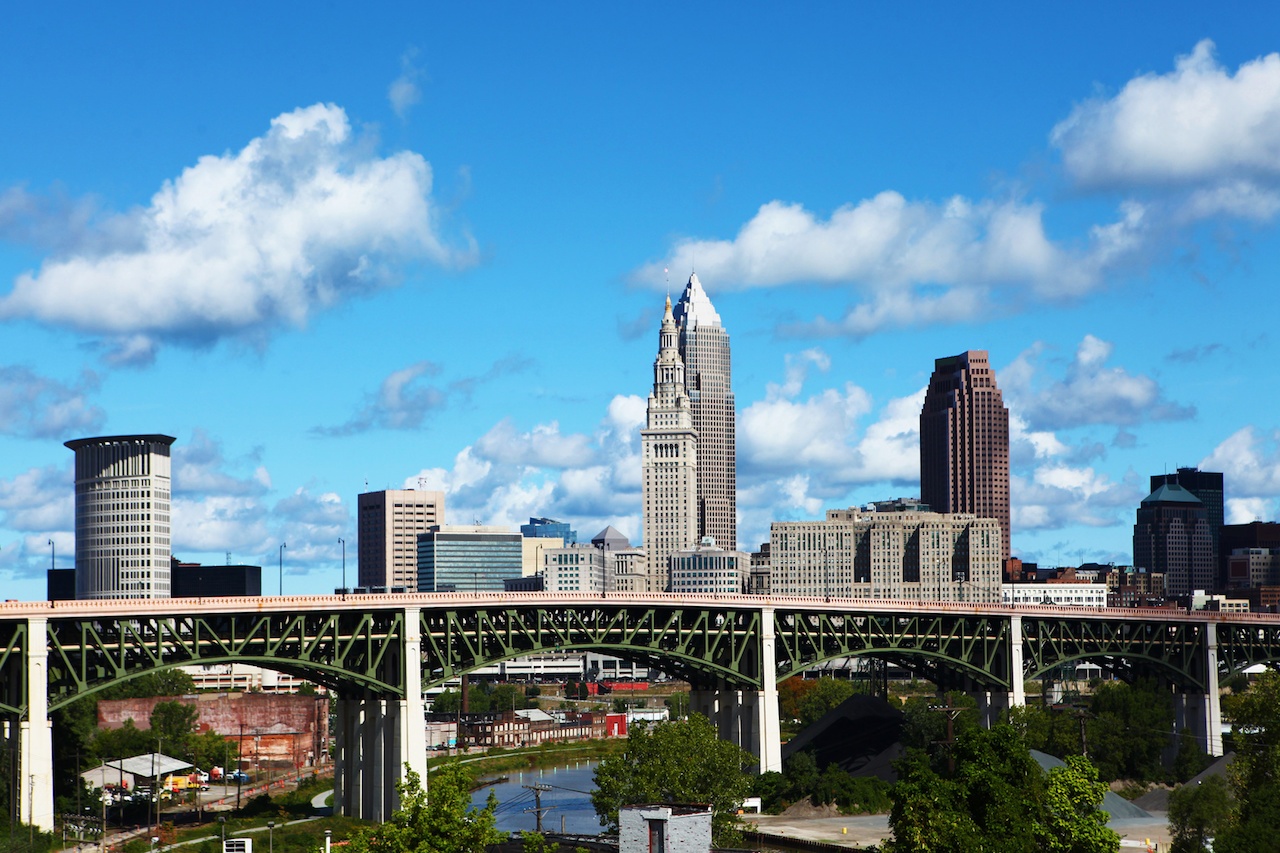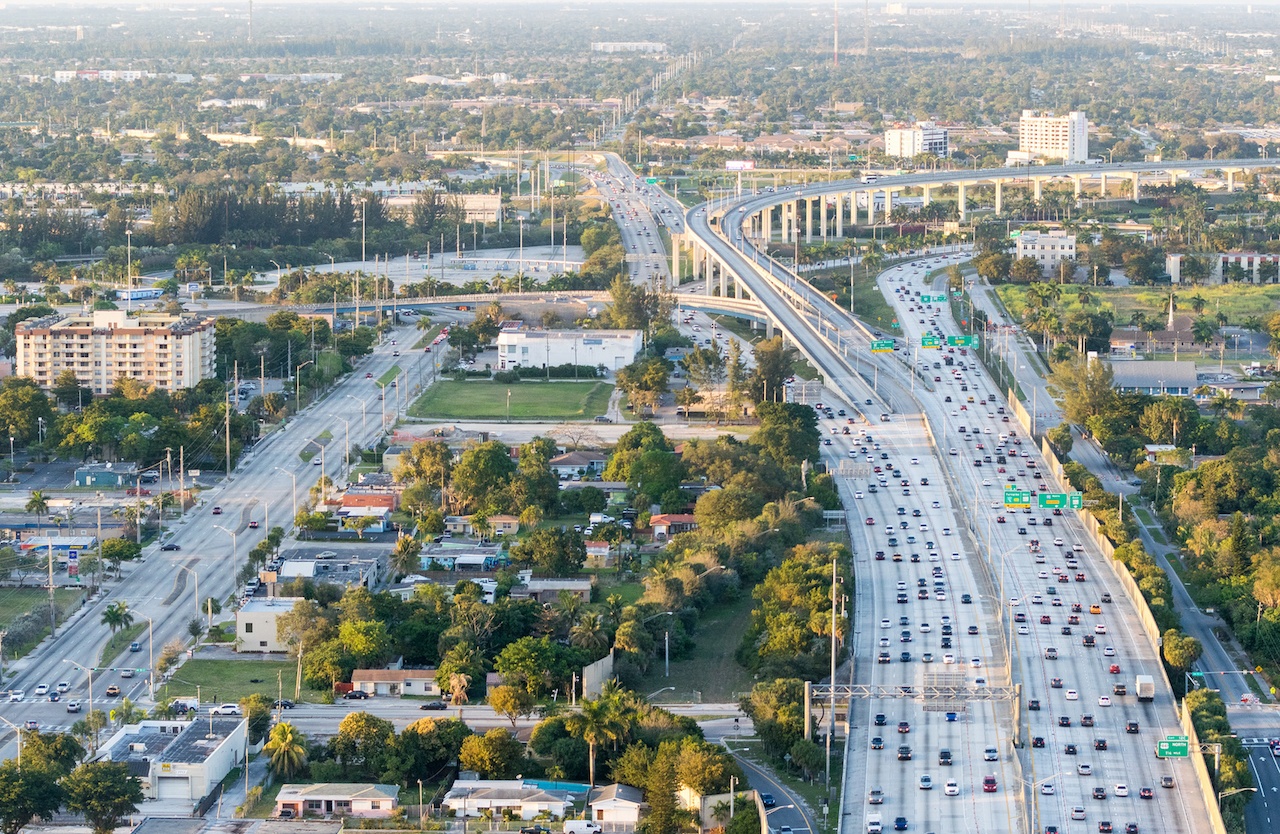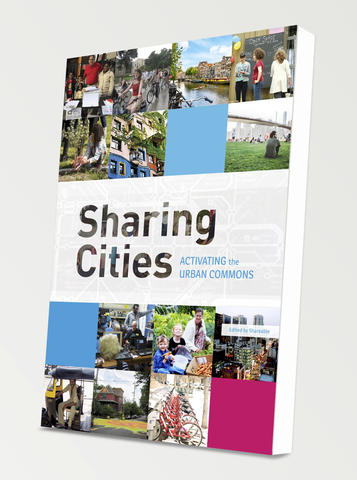Governance
A broad category of content focused on governance in cities.
Examples: Urban policy, justice, municipal services
Online Game Challenges Players to be Mayor for a Day, Citizens for Life
Educational games allow us to present complicated issues in a simple but engaging format. As populations and economic potential become increasingly concentrated in urban areas, cities around the world are on the front lines of pressing global issues ranging from inequality to sustainability. In a world of limitless demands and finite resources, tackling these challenges requires both ingenuity and collaboration between public officials and citizens—and cities need to ensure that residents are equipped to engage. Technology can be a powerful tool for improving transparency, accountability, and communication between city officials and their residents. Technology can also empower the next generation of community leaders through civic education games and other interactive platforms.
Using Socially Responsible Investing to Enable Local Action
The tremendous growth of socially responsible investing means that, whether corporations are in the S&P 500 or just starting out, they now understand that large pools of investment capital are looking at their performance, not just with an eye toward short term quarterly investment horizons, but with a focus on long term risk issues such as the sustainability of supply chains and long term product viability in the face of disruptions caused by climate change as illustrated by the Occidental and Exxon votes.
Creating Transparency for Equitable Government
Over the course of the year, working on this project exposed me to the specific needs, challenges, and constraints that are unique to the public sector. These are some of the insights I learned about getting traction in local government.
Revitalize the City, Invigorate the Region
Enter the city of Cleveland, Fairfax Renaissance Development Corp., Cleveland Metropolitan Housing Authority and PNC Bank. Together, we have mapped a plan to revitalize the Fairfax neighborhood.
Regional Sustainability at the District Level
At the recent Global Cities Team Challenge Expo, Acquanetta Warren, the Mayor of Fontana California, expressed that ‘Technology makes government more accessible.’ Similar to cities, however, district-level organizations face constant challenges associated with financial and human resource constraints. In an environment of competing priorities and limited resources, strategies that depend on upfront investment and long-term returns are difficult to adopt at any level of governance.
Sustainability programs often require such long-term visions and upfront investment. In order for smart districts to become sustainable districts, it is imperative to develop strategies that leverage administrative frameworks, external resources, and novel technologies to minimize costs and facilitate continuous progress.
Business Improvement Area 2.0: Place-Based Industrial Strategy
Business Improvement Areas (BIAs) empower local business people, commercial property owners, and professionals in a specific geographic area to collaborate with the support of a local municipality in organizing, financing, and carrying out physical improvements and marketing of their districts. The key to its resilience over the years was the innovation of ‘compulsory BIA membership and levy payments’ which overcame the perennial free-rider problem intrinsic to voluntary business associations of the past. It is generally acknowledged that the BIA model, through this ability to harness business funds and reinvest them directly back into the local business area, has been a success internationally, in terms of enhanced economic, social, and community development outcomes.
Speeding up Technology Use for Setting Equitable Speed Limits
A crescendo of calls from transport safety bodies are demanding the repeal of a widely used, but arguably outdated method for setting speed limits.
We Need to Manage Flood Risk
Now is a good time to rethink the way we manage flood risk. Or more accurately, perhaps now it is time to actually manage flood risk.
It’s not a novel concept. Many corporations today consider active risk management an asset and a central part of the strategic management of their organization. Corporations have a Risk Manager who reports directly to the CEO. Risk Managers identify, analyze, assess, control, avoid, minimize, or eliminate unacceptable risks. In doing so, they actively manage their portfolio of risk by using risk avoidance, risk retention, risk transfer, or a combination of these strategies. Most large government agencies also have a Risk Manager who routinely negotiates insurance contracts and works department heads to develop risk reduction strategies.
A Book Review of Sharing Cities: Activating the Urban Commons
Cities are disproportionately entangled in the critical challenges that we collectively face. Cities consume disproportionate amounts of energy and produce disproportionate amounts of waste while contributing significantly to economic and racial inequality. If cities...The Case for “Bottom-Up” Smart City Development
A “bottom-up” approach means being intentional about systematically incorporating citizen voice throughout a smart cities project lifecycle. This is needed to help move urban residents from passive consumers to engaged consumers. And this trend will continue to rise as urban dwellers are demanding more flexible, personalized services. Additionally, building an infrastructure to continuously manage and measure what matters most to advance the economic and social well-being of a city can’t happen in a vacuum; it requires broad-based community engagement.
Inclusion of Underserved Communities in the Mobility Innovation Economy
The recent explosion of technology integration with the transportation industry has rapidly disrupted traditional transportation legacy planning methodologies. The number of options and the traveler information available to the everyday citizen has created a new dynamic in which anyone can call a car or request product delivery at the touch of a button. Cities across the nation are developing new smart city initiatives to integrate open data with new transportation systems so that people can move more freely in their communities. New public transportation systems are being thought of as critical foundational systems to the smart city initiatives that will get people out of their cars and into reduced carbon footprint transportation systems. Soon, artificial intelligence will be operating the nation’s transportation systems at maximum efficiency, and with reduced operating costs compared to the use of human capital.
However, as technological innovation continues to progress at light speed, the country’s underserved communities are continually left behind. With the United States projected to be a majority minority country by the year 2044, governmental policy and resources must be adjusted to meet the demands of our rapidly changing demographics.
Creating Community Resilience in Every City
In recent months, people have taken to the streets of Washington, D.C. for marches urging the Trump administration and Congress to act on climate change.
For now, it seems that local governments in the United States will stand alone on the issue, paddling upstream against a federal government and a majority of state governments who reject the science and actively undermine city initiatives. Of course, building climate resiliency is more than an environmental issue for local government. Climate resilience in the 21st century will be a fierce competition between cities around the world to attract talent, reduce business disruption, provide reliable services and protect citizens.












